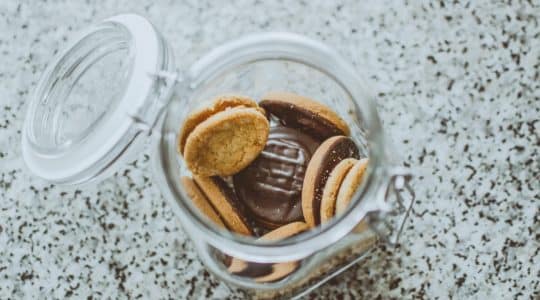In 1985, Coca Cola introduced a new recipe for Coke and the resultant critical backlash was so great that the “original” formula ultimately remained. In 2004, Jack Daniel’s lowered the proof of its whiskey from 86 to 80 and almost nobody noticed. Over the past few decades dozens of brands have tested and introduced new formulas and recipes – some of which we still consume (e.g. Jack Daniel’s), and some of which have been removed from the marketplace (R.I.P. “New Coke”).
Over the past few weeks, Maker’s Mark attempted to literally water down its product to help prevent a shortage caused by a sudden surge in demand resulting from several shifts in policies and politics around the world. To help “stretch” the bourbon without raising prices, the company initially announced on February 9th it was lowering its proof to 84, or 42% alcohol, from 90 proof.
When Jack Daniel’s lowered its proof in 2004, there was no Facebook, no Twitter, and very few people used other social media outlets (such as MySpace) to voice their opposition to their decision. With the mainstream adoption of these social media tools in 2013, Maker’s Mark’s similar decision did not go unnoticed by their customers who expressed their concerns – and made sure Maker’s heard them loud and clear. The resulting backlash resulted in Maker’s announcing on February 17th that they would “immediately return Maker’s Mark to 90 proof.”
There are some important marketing lessons that can be learned both from how Maker’s Mark mishandled the situation, but also from how they recovered from their misstep.
The first mistake Maker’s made was watering down their product. For decades, customers have come to know, expect, and love the Maker’s brand as a product that is consistent. Watering down a product – especially one that ultimately represents the brand itself – leads customers to believe a brand cares less about the quality of the product and more about the quantity of their profits.
They also underestimated the dedication of their customers and fans to the brand and product. When a brand dilutes their product (especially literally), a brand should expect backlash. When “New Coke” debuted in 1985 (long before the days of social media), the consumer backlash was so strong the original formula was quickly restored. When Maker’s Mark initially announced they were reducing the proof from 90 to 84, thousands of Twitter users were in an uproar about the change, with a peak of 6,000 tweets about Maker’s Mark being sent on Tuesday, February 12th (three days after the announcement.) Accompanied with the social media backlash were dozens of blog posts and news articles in support of these customers’ reactions, validating the notion that Maker’s was making a mistake in changing their recipe.
But even in the age of new media, Maker’s is not the first brand to change their product – especially out of necessity. While chatter about Maker’s announcement peaked at 6,000 tweets on Tuesday, less than 1,000 tweets were counted just two days later. Was it possible that the hype was dying down and their customers were beginning to care less? Based on this data, Maker’s overreacted by acquiescing too quickly to its customers’ demands. If Maker’s really needed to change the formula for its bourbon, it very well could have weathered this brief social media storm.
That being said, Maker’s handled this PR crisis much better than most brands. It released two press releases (available on its website to those 21+) regarding its decision – one acknowledging its customers’ concerns, and another on the 17th announcing that they would “immediately return Maker’s Mark to 90 proof.” This quick, transparent and effective means of communication should be a lesson for all brands in crisis management.
While everything is back to normal for Maker’s as a brand (and those who enjoy it), the mistakes Maker’s made in this marketing “experiment” are lessons all brands can learn from – especially in today’s age of mainstream new media adoption.
Author
Becky is the Senior Content Marketing Manager at TUNE. Before TUNE, she handled content strategy and marketing communications at several tech startups in the Bay Area. Becky received her bachelor's degree in English from Wake Forest University. After a decade in San Francisco and Seattle, she has returned home to Charleston, SC, where you can find her strolling through Hampton Park with her pup and enjoying the simple things in life.




Leave a Reply
You must be logged in to post a comment.